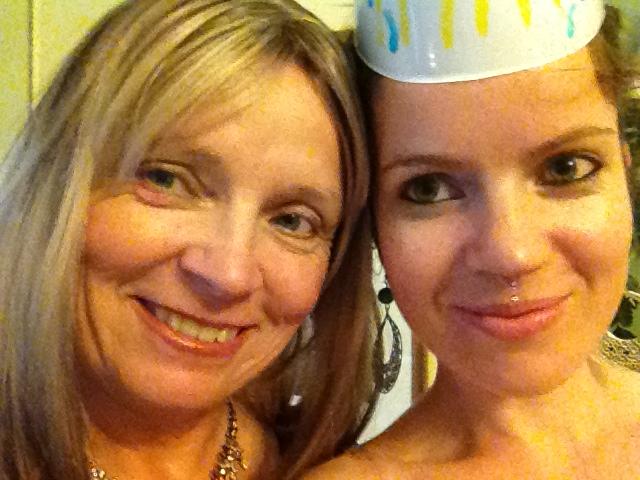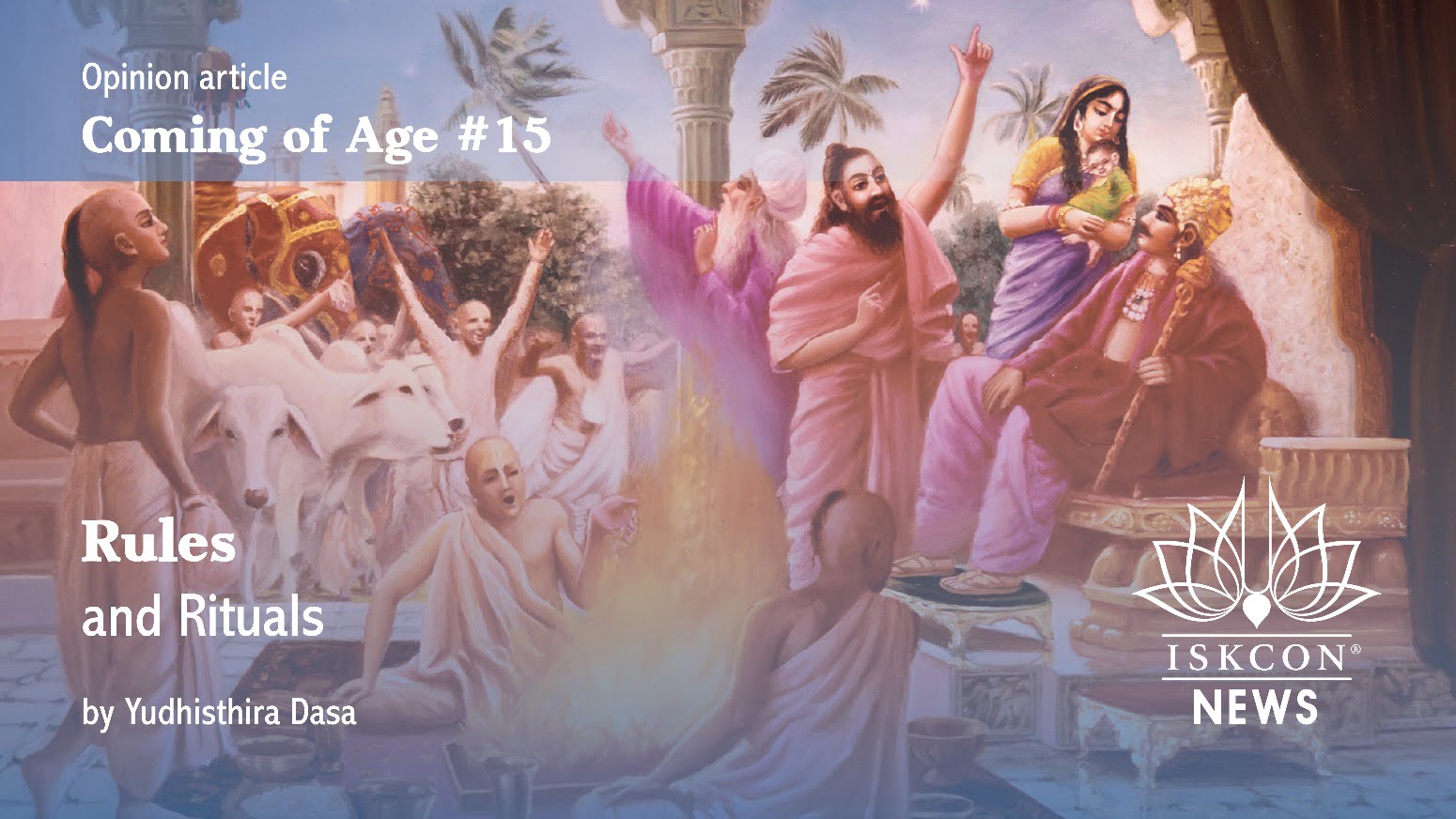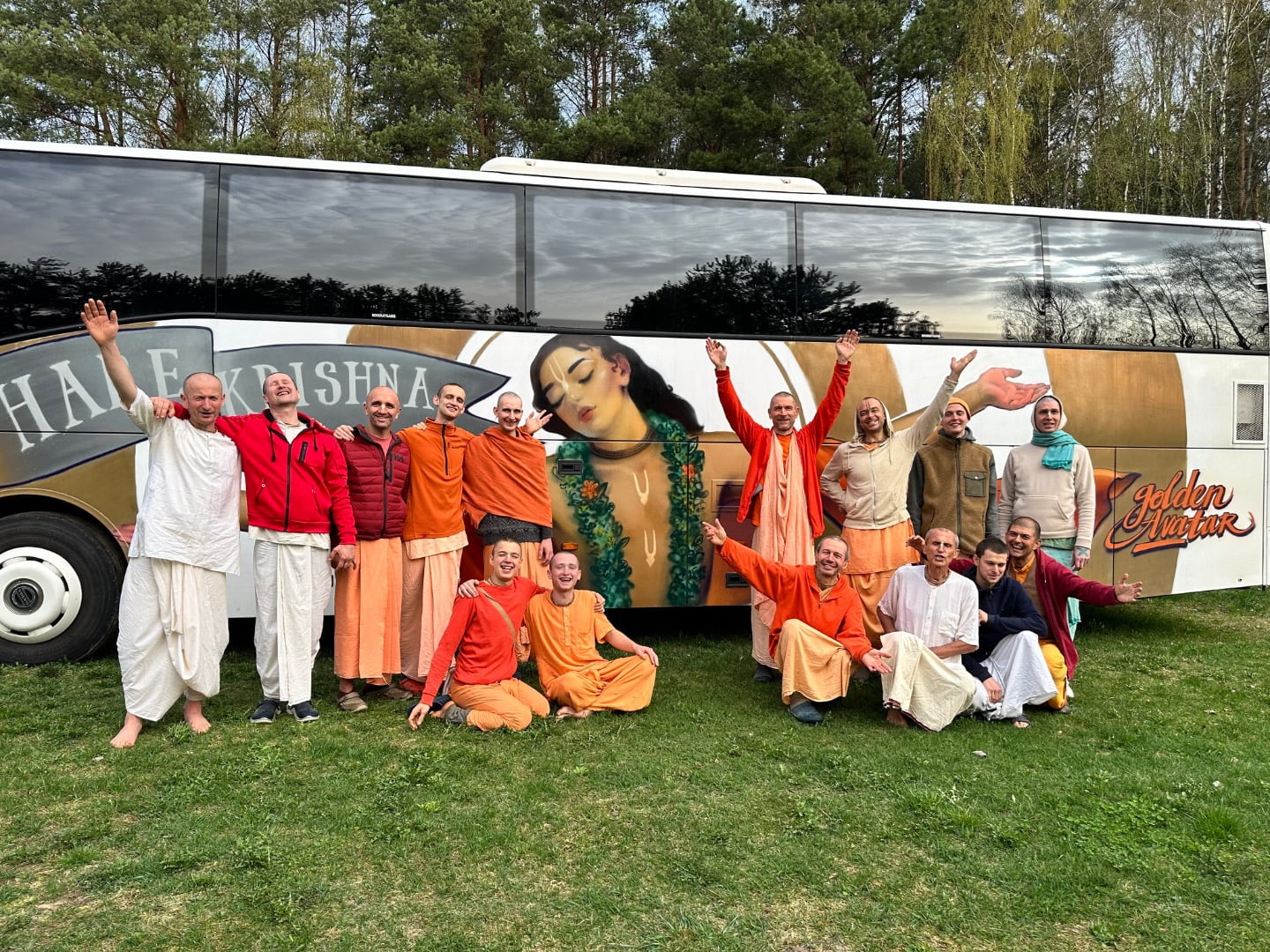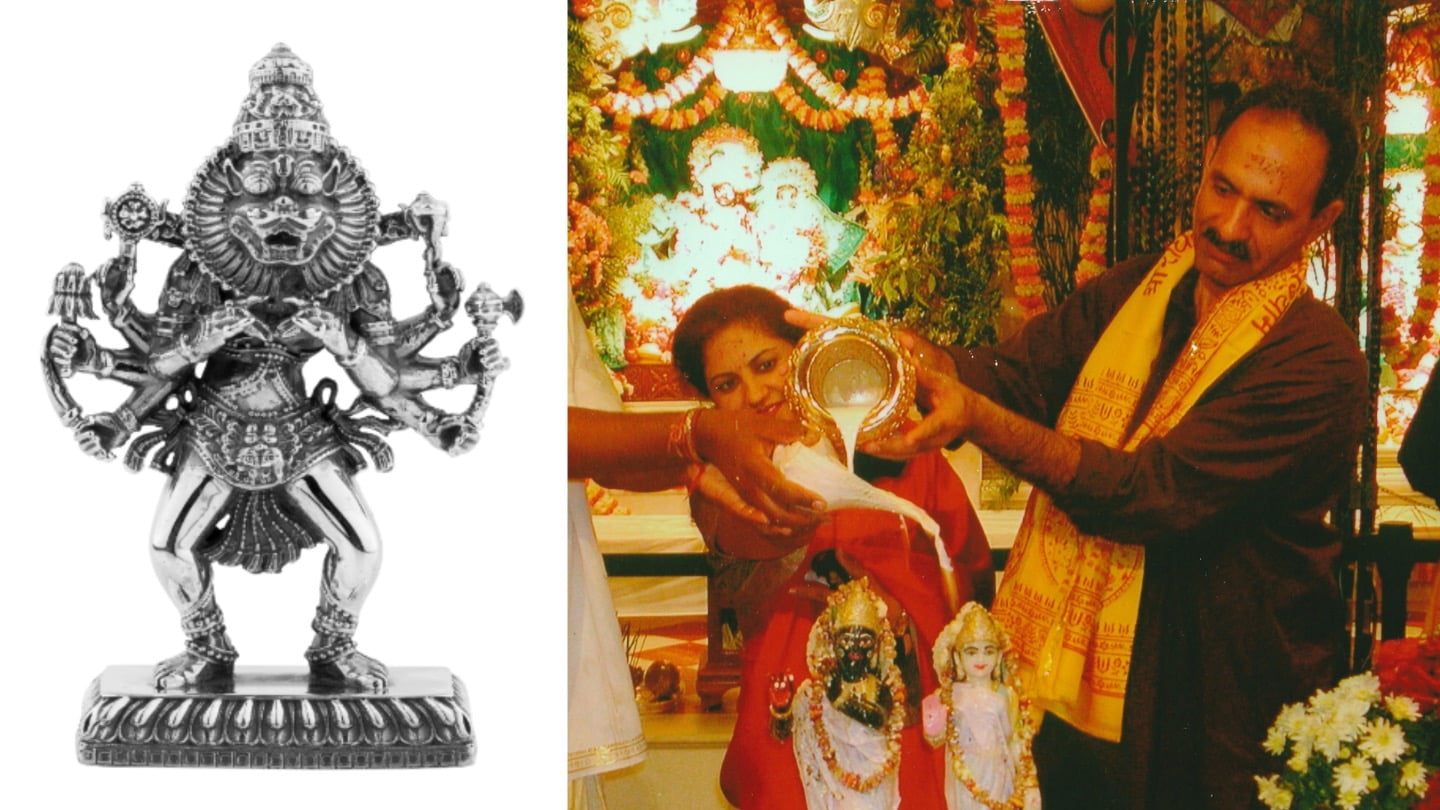Mother and Daughter Team Win “IPPY” Award with “Prince Rama”
By Madhava Smullen | Jun 16, 2012

Part One of the illustrated saga Prince Rama: Son of the Solar Dynasty, published by Torchlight, has won a bronze medal at this year’s Independent Publisher Book Awards, in the Multicultural Non-fiction Young Adult category.
The mother and daughter team behind the book—author Vrinda Devi Sheth and her mother, illustrator Annapurna Dasi (Anna Johansson)—spent years of hard work on the project. They are one of an elite group of 2012 “IPPY” Award winners, amongst another 371 medalists chosen from 5,203 total entries.
Vrinda, accompanied by her husband Visvambhar Sheth and father Yogindra Dasa, accepted the award on June 4th at the historic Providence venue in New York City.
“It was a big surprise to us that we won something,” says Vrinda. “It was really exciting to get recognition from the outside world, and was very encouraging for my mother and I.”
Their book, the first in a three part series based on Valmiki’s Ramayana—an ancient Indian sacred epic—is subtitled A Prince in Exile: The Journey Begins.
For the book itself, the journey began fifteen years ago in Annapurna’s native Sweden, when her friend Angastra asked her to illustrate a children’s Ramayana.
Annapurna, a self-taught watercolor painter, had set her career aside to distribute spiritual literature when she joined ISKCON in her early twenties. Now, she is a full-time artist.
In the sacred story of Lord Rama—who is worshipped as God by Vaishnavas and many other traditions—she found a way to combine both spiritual aspirations and artistic pursuits.

The attractive dust jacket for Prince Rama
“To me, it gives my art a higher purpose,” she says. “I would never be satisfied to paint just mundane scenes. To make the illustrations for this ancient sacred tale is a way of dovetailing my talent and passion in the service of God.”
When Angastra left the project, Annapurna had already completed many of the paintings for the book, and publisher Torchlight encouraged her to continue nonetheless.
“The idea of making an illustrated Ramayana became an ongoing driving force in my life,” says Annapurna.
She turned to her daughter, Vrinda, who had been only fifteen years old when she began the project, to tackle the writing.
Vrinda wrote one page showing what her take on the story would be, and sent it to Torchlight head Advaita Chandra Dasa (Alistair Taylor), also an ISKCON devotee. With his enthusiasm and support behind her, Vrinda, then twenty years old, embarked on the manuscript.
Writing part time while studying Bharat Natyam traditional dance in South India—her full-time career today is dancing with internationally touring kirtan bands Gaura Vani and the Mayapuris—she completed the book by the age of twenty-five.
There are many other editions of the Ramayana available. But Vrinda’s first book, which covers Rama’s childhood, marriage to Sita, and banishment to the forest, has her own unique imprint upon it, taking us deeper into the story.

King Dasarath and Kaikeyi
“I grew up with the Ramayana,” she says, explaining that she attended ISKCON schools in Sweden and Alachua, Florida as a child. “So I feel like I have a personal relationship with it. And what fascinated me most was the inner lives of the characters. The Ramayana is rather action-heavy, going from plot to plot and event to event. But what we don’t see so much of is how Lord Rama, or his wife Sita Devi, or brother Lakshman, felt about all the turmoil that was going on in their lives.”
While remaining very close to the original text, and being informed by authoritative writings, Vrinda used a certain amount of poetic license and imagination in giving readers an insight into what each of the Ramayana’s characters feel and think.
For example, while the Bala Kanda of Valmiki’s Ramayana, describing Lord Rama’s childhood, is very brief, Vrinda added more texture to it.
“In one scene, Rama interacts with his brothers, and they have a mud fight,” she says. “I just tried to imagine what it would be like to be a young prince, running around the palace grounds and playing with your brothers.”
With brand new text from Vrinda, her mother felt that the book could do with brand new paintings too—after all, it had been ten years since she had first begun the artwork for the project, and in that time, she had grown a lot as an artist. So she repainted every single piece in the book.

Rama faces the demoness Tataka
Although she’s inspired by illustrators from America’s “Golden Era of Illustration,” such as Edmund Dulac, Warwick Goble, Arthur Rackham, and Jessie Willcox Smith, Annapurna has her own unique style. The soft watercolor palette of pastels render a dreamy, romantic quality, while the intricate line work and and delicate and expressive eyes and faces bring the illustrations to life.
“My mom usually draws very beautiful pictures,” Vrinda comments. “But she also really enjoyed drawing the monstrous, ugly demons like Tataka, the she-demon Rama encounters during his first visit to the forest.”
Annapurna agrees enthusiastically. “The story of the Ramayana offers endless creative possibilities for an illustrator,” she says. “It’s filled with magic, the supernatural and many sorts of imaginary beings—all the rich imagery that a visual story teller could hope for. It also imprints certain concepts, including the battle between good and evil, the expression of bravery and the meaning of love.”
After a four-year production process following the completion of the work, Prince Rama: Son of the Solar Dynasty Part One was finally released in the US in January 2012, nearly fifteen years after the project began, and with Vrinda now twenty-nine years old.
As well as winning an Independent Publisher Book Award, the 203-page volume, with forty-two original illustrations, has garnered enthusiastic praise from lay-readers and scholars alike, who have called it “riveting,” “enchanting” and “showing remarkable insight into characters and events that have fascinated tellers and audiences for millennia.” It’s a well-deserved reward for the dedicated mother and daughter team.

Vrinda Devi Sheth with husband Vishvambhar and father Yogindra Dasa – Photo by Steve Bollinger
But their journey is not over yet. Vrinda has completed and is currently editing Part Two of the epic tale, and expects Part Three to be completed within the next year. It won’t be without its challenges, however.
“My goal with this project is to really enter into the minds and hearts of each character,” she says. “And I found it easy to imagine myself into the mind of King Dasarath, Rama’s father, or Kaikeyi, his evil stepmother. But in the next two books, Rama himself will really take center stage. And because I grew up worshipping Lord Rama as God, for me there’s a sense of awe, or distance, with him. How can I presume to imagine myself into the thoughts and feelings of God himself? So right now I’m really focusing on praying to Lord Rama, asking him to allow me into his mind and heart, so that I can present him properly.”
Meanwhile, her mother will spend two years creating the illustrations, with a view to releasing books two and three of the series within the next five years. Annapurna feels confident that, like the first, they will be well received.
“Ramayana is not very well known in the West,” she says. “But I strongly believe that our book, ‘Prince Rama’, can transcend boundaries because it entertains with lessons that apply to all people and cultures.”
To purchase Prince Rama, please visit http://www.annapurnaart.com. The book is also available at Amazon.com, BarnesandNoble.com, and Krishna.com.














